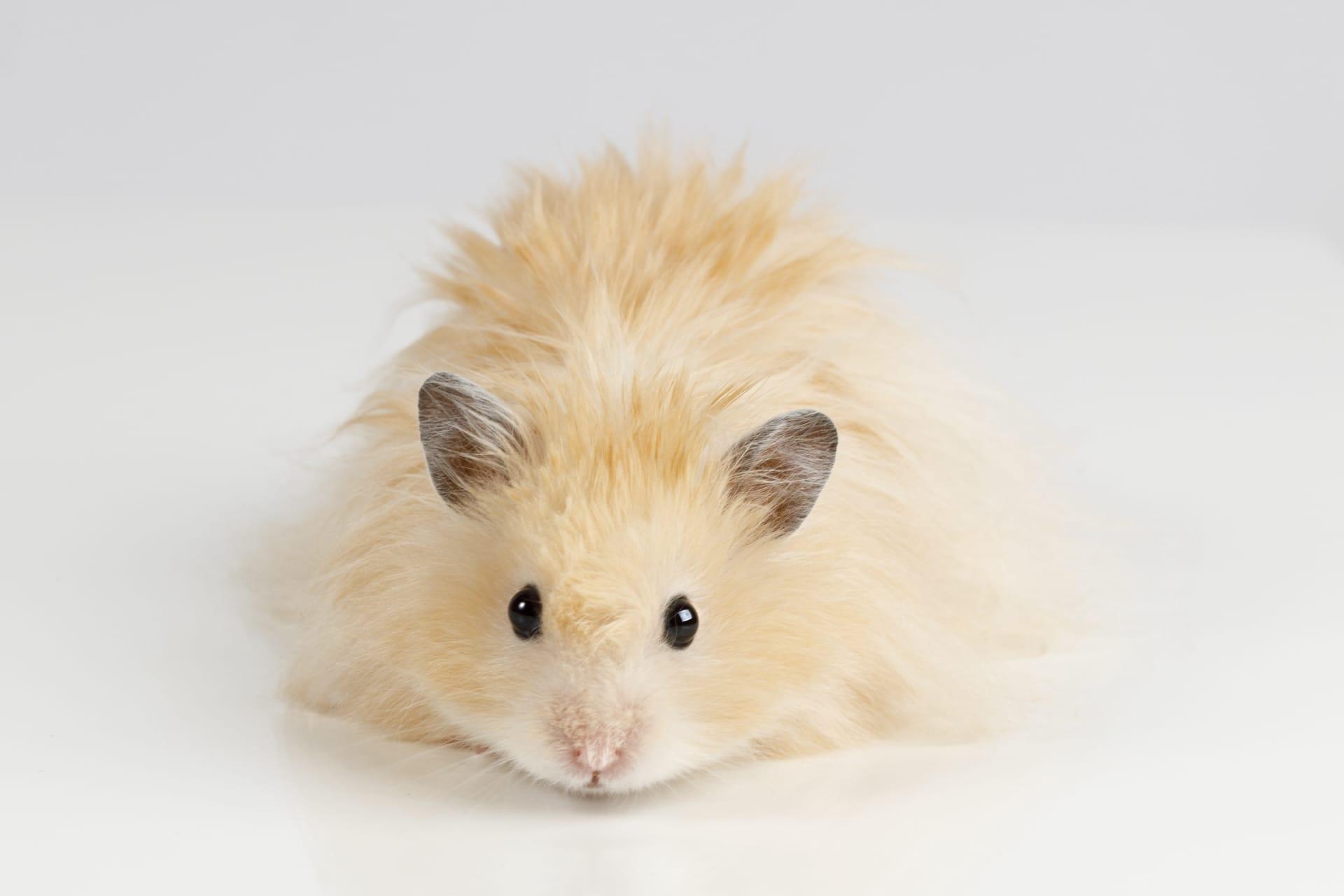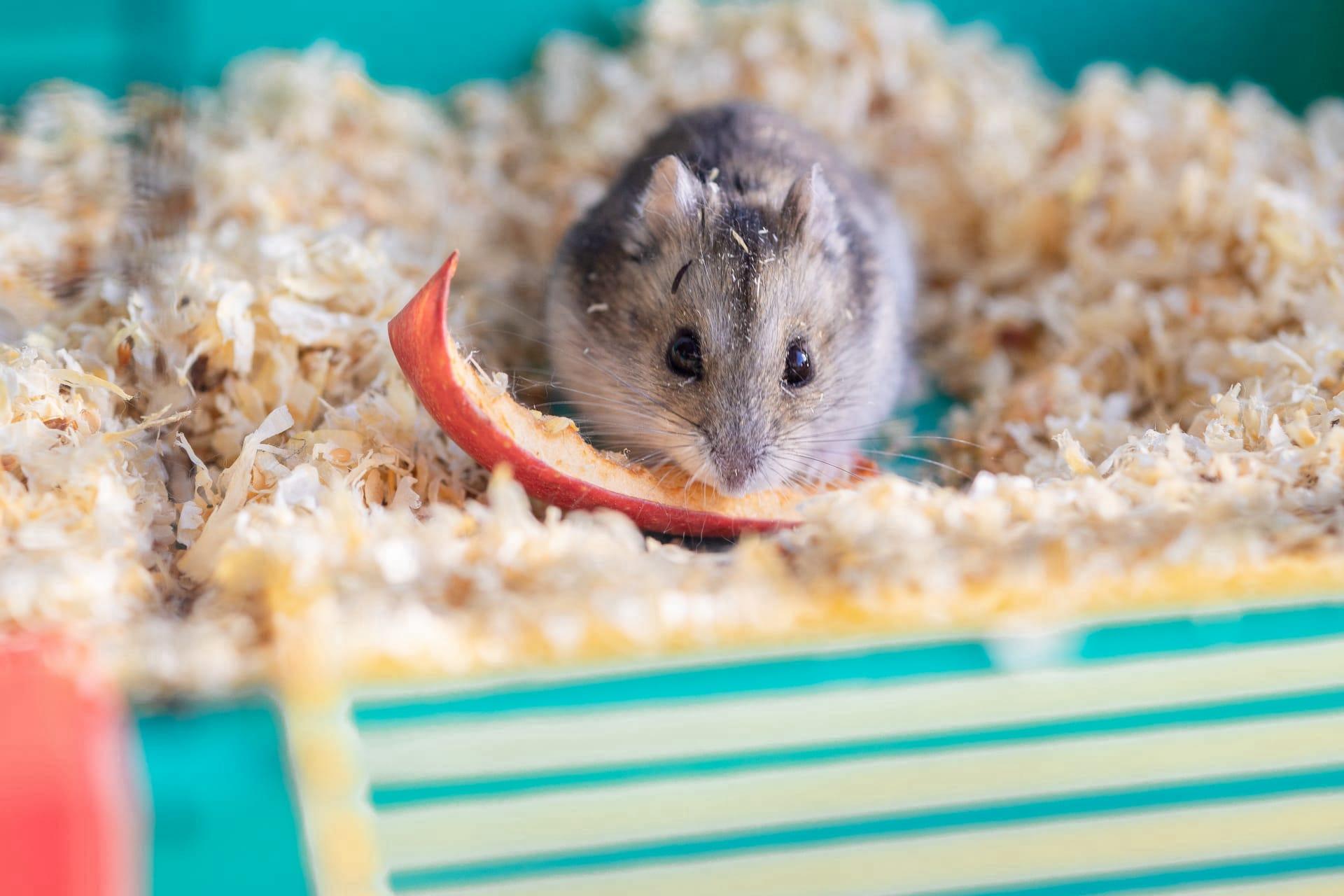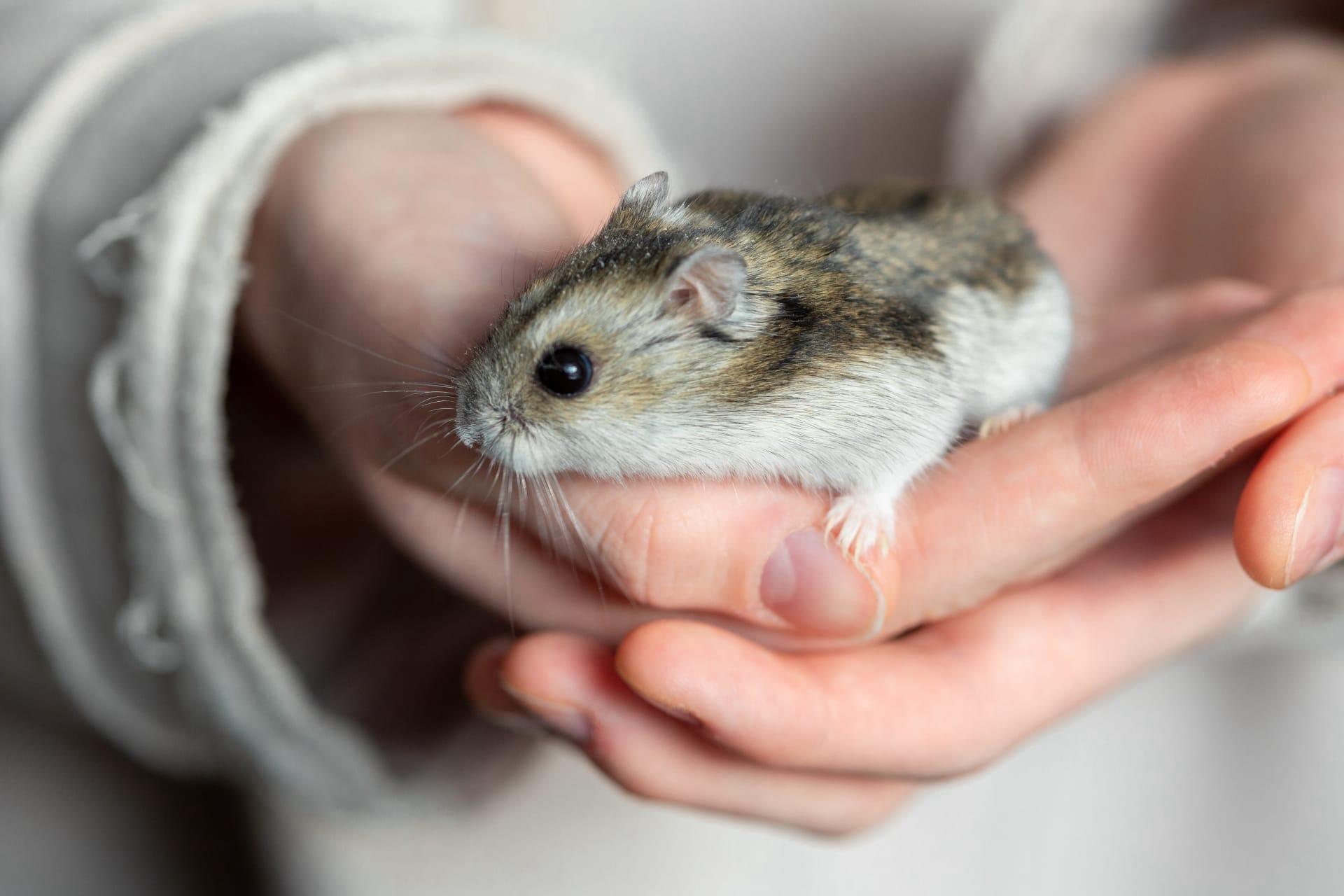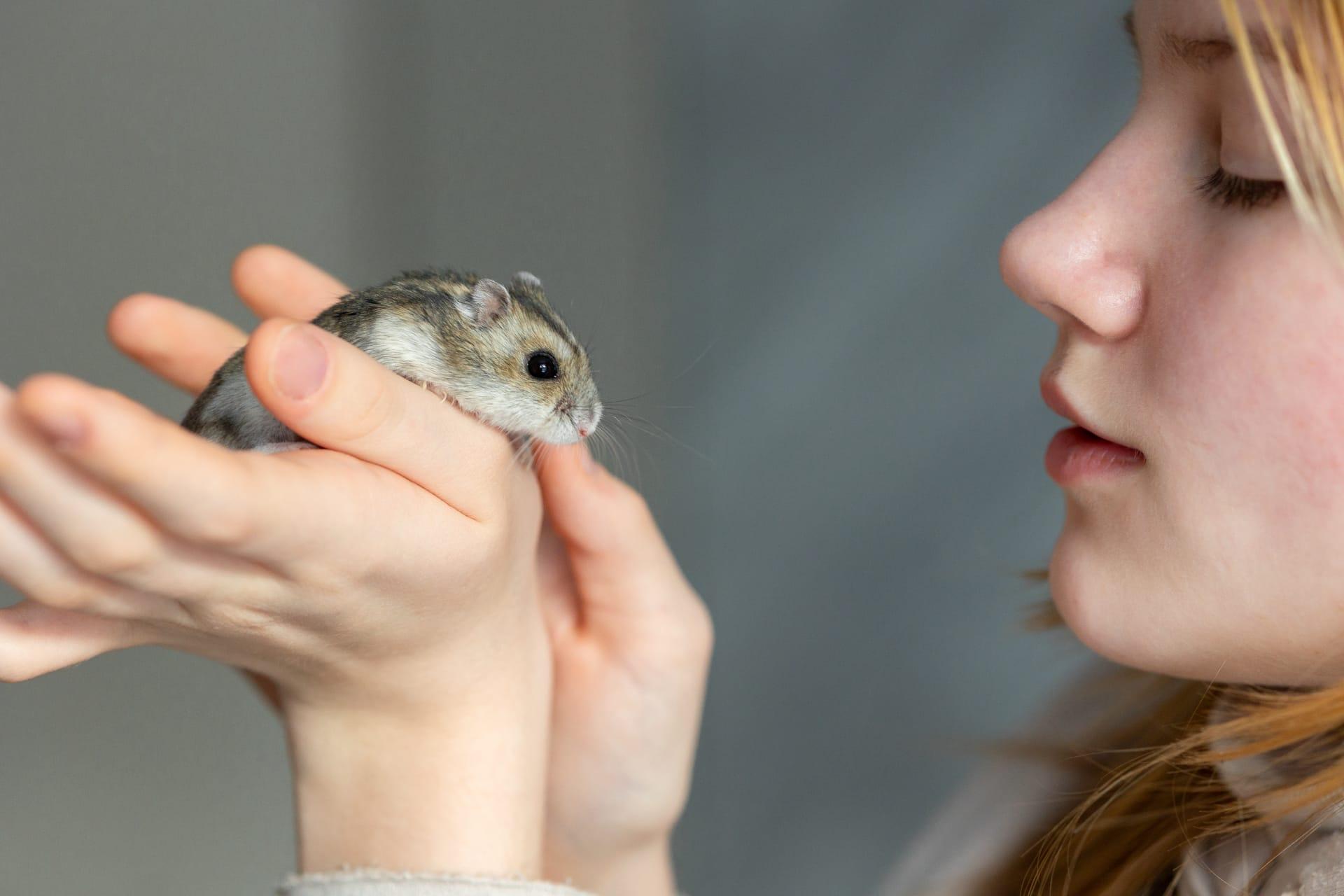1
Hamsters have a remarkable ability to expand their cheek pouches, allowing them to carry food and bedding materials. These pouches can extend to their hips when full. This unique adaptation is not just a storage trick; it's a survival mechanism. In the wild, hamsters transport food back to their burrows, often traveling distances up to 8 inches underground. This behavior demonstrates their incredible capacity for both gathering and hoarding food, a vital skill in their natural habitats.
Another fascinating fact about hamsters is their rapid breeding rate. Female hamsters can give birth to a litter of up to 20 pups, though the average is around 7. What's more intriguing is the gestation period, which is incredibly short - only about 16 to 22 days. This rapid reproduction rate is a key survival strategy in the wild, where hamster populations can fluctuate due to predation and environmental conditions.

2
Hamsters are nocturnal creatures, which means they are most active during the night. This behavior has evolved as a survival tactic to avoid daytime predators. In captivity, this can sometimes lead to a misalignment with human schedules, especially if the hamster's habitat is in a bedroom. Their night-time activities can include running for miles on their exercise wheel, rearranging their bedding, and searching for food.
Interestingly, hamsters have poor eyesight and rely heavily on their sense of smell and touch to navigate. Their eyesight is adapted to detect movement rather than detail, helping them to spot predators or other dangers. To compensate for their limited vision, hamsters use their whiskers, which are highly sensitive, to feel their way around and detect objects in their environment. This sensory adaptation plays a crucial role in their survival, both in the wild and in domestic settings.

3
Hamsters are known for their love of hoarding food. They do this by stuffing their cheek pouches to almost comical proportions and then depositing the food in various hiding spots in their habitat. This behavior is instinctual and stems from their need to store food in the wild to survive periods of scarcity. In captivity, hamsters continue this behavior, often hiding food in different corners of their cage, even when there is a constant food supply.
Another intriguing aspect of hamsters is their ability to hibernate under certain conditions. When exposed to temperatures below 40°F (4°C) and with decreased light exposure, hamsters can enter a state of hibernation. During this time, their metabolic rate slows down significantly, and they can appear lifeless. This is a natural survival mechanism for surviving harsh winters, but in domestic settings, it's essential to ensure they are kept in a stable and warm environment to prevent unintended hibernation.

4
Hamsters possess a unique feature called 'flank glands,' located on their hips. These glands secrete a substance used for marking territory and communicating with other hamsters. This scent marking is especially prominent in male hamsters and plays a crucial role in social interactions and territorial behavior. Observing a hamster rubbing its sides against objects indicates it's marking its territory, an instinctual behavior carried from their wild ancestors.
Despite their small size, hamsters can have a significant impact on local ecosystems. In the wild, they play a role as both prey and as seed dispersers. Their hoarding behavior contributes to seed dispersal, aiding in plant growth and diversity. This ecological role highlights the importance of hamsters beyond their popularity as pets, demonstrating their contribution to biodiversity and ecosystem health.

5
Hamsters have a unique way of communicating distress or discomfort - they can grind their teeth, creating a sound known as 'bruxing.' This behavior is similar to that observed in rabbits and guinea pigs and can indicate stress, anxiety, or excitement. Understanding these subtle cues is crucial for hamster owners to ensure the well-being of their pets.
Hamsters are capable of impressive feats of escape. Their flexible bodies and curious nature make them skilled at squeezing through small spaces and finding creative ways to escape their enclosures. This trait reflects their adaptability and intelligence, but it also poses a challenge for owners to ensure their habitats are secure and escape-proof. This behavior stems from their instinct to explore and find new territories, a characteristic vital for survival in the wild.